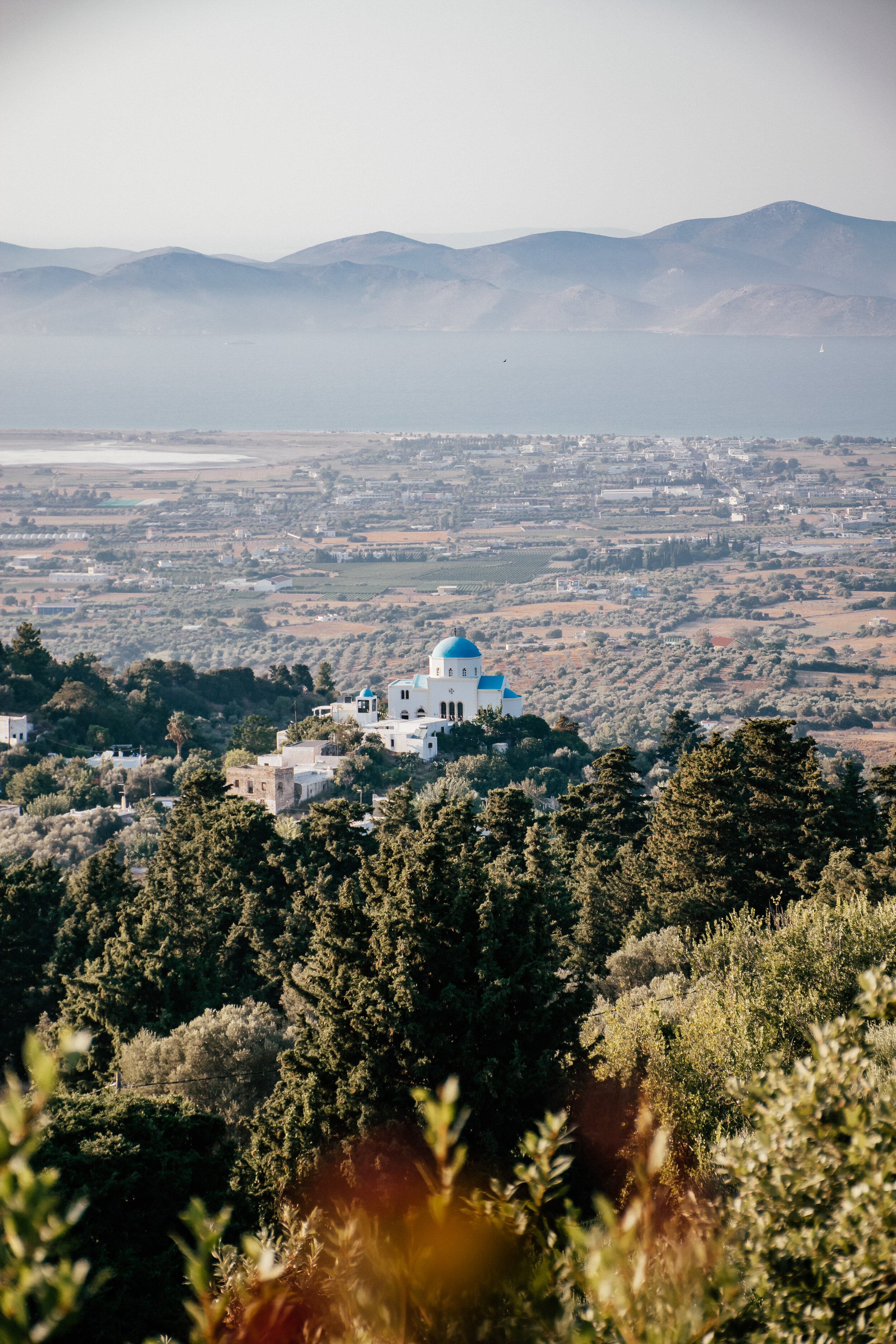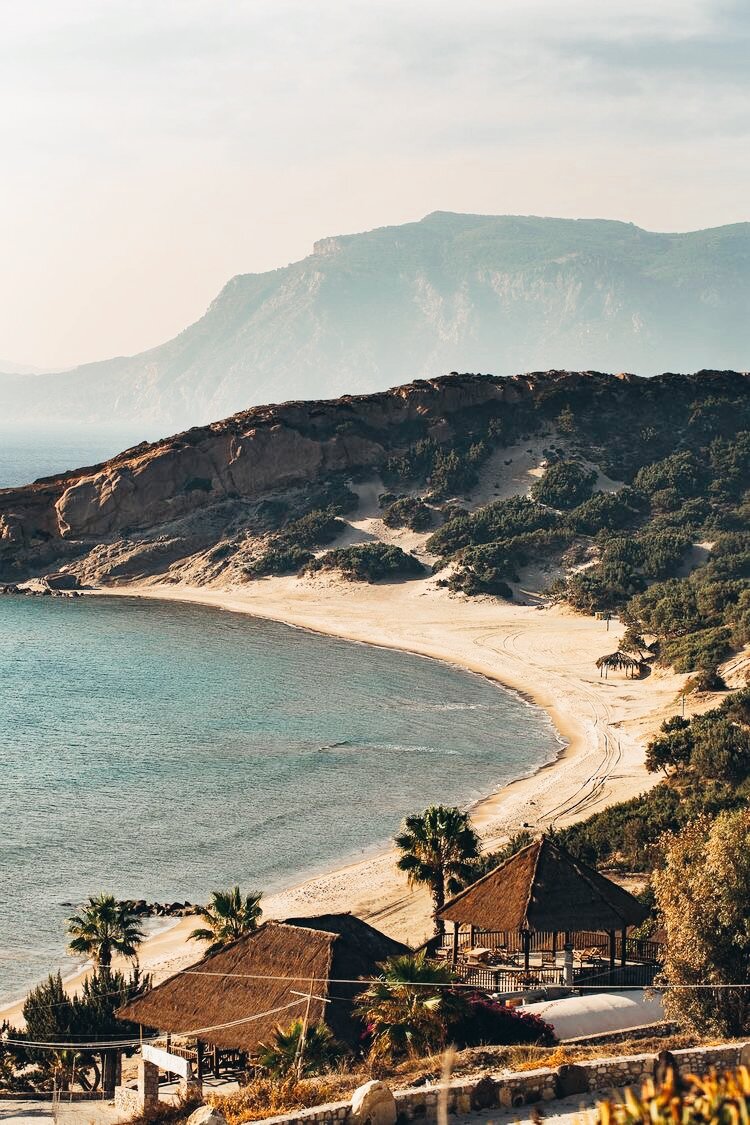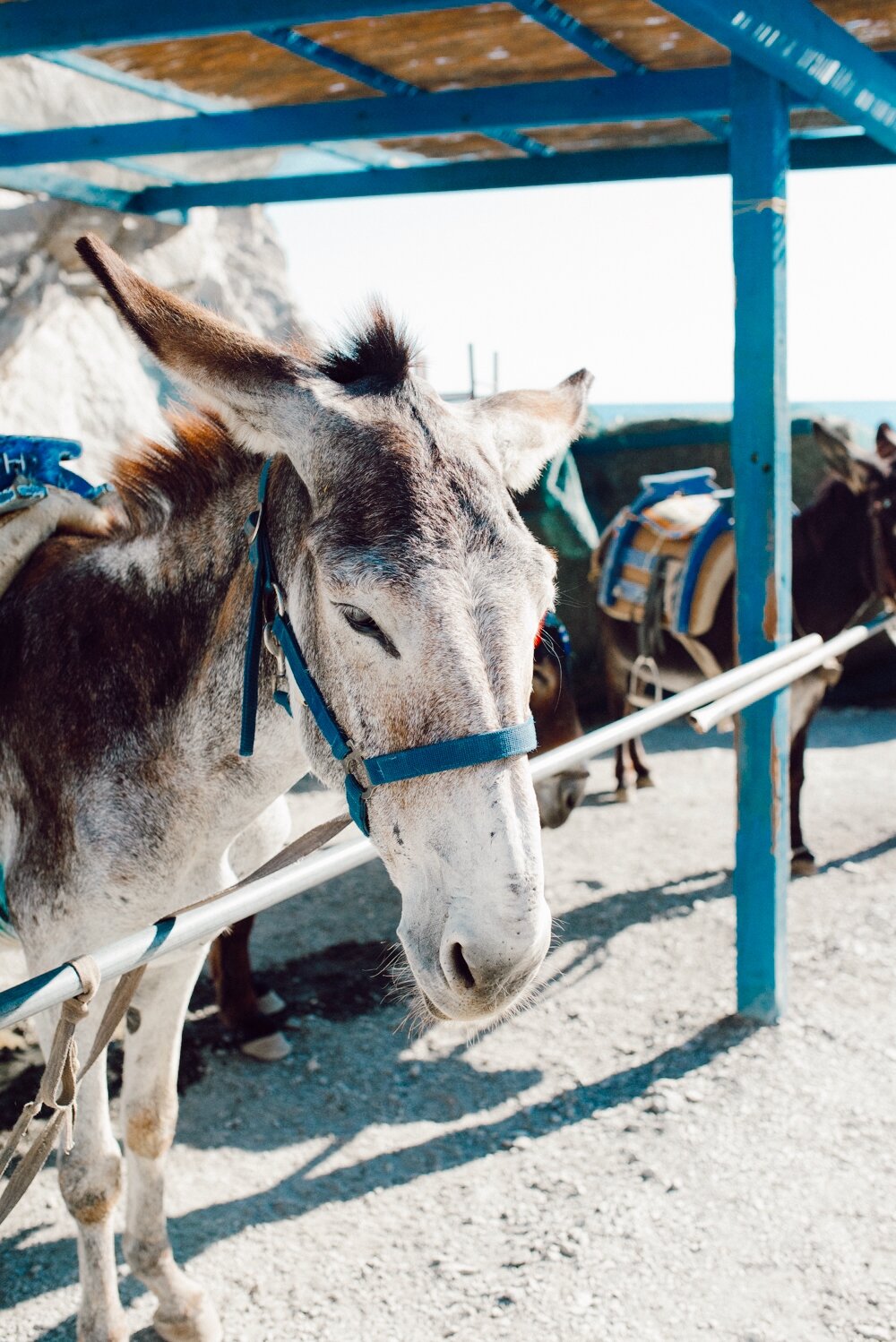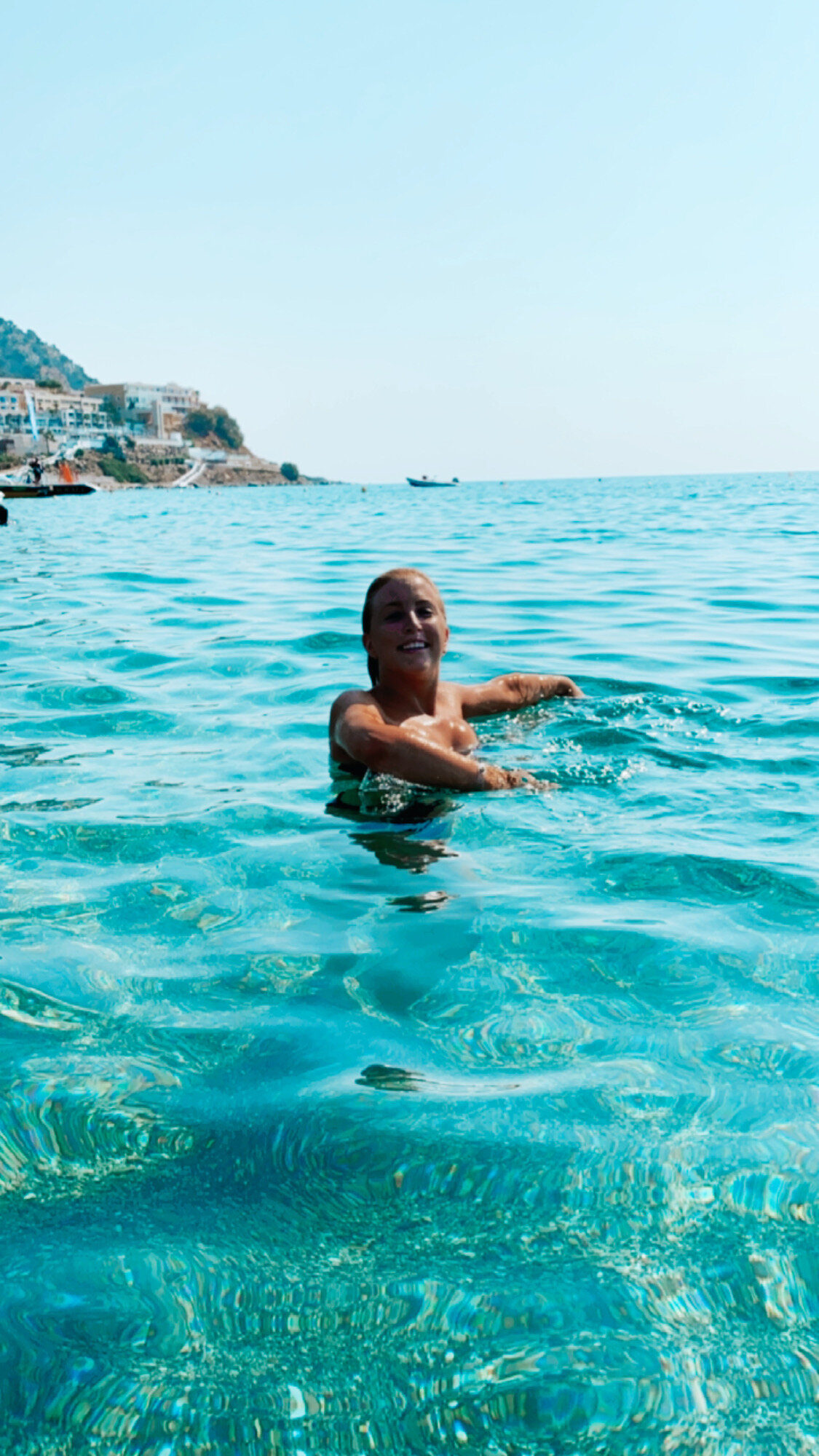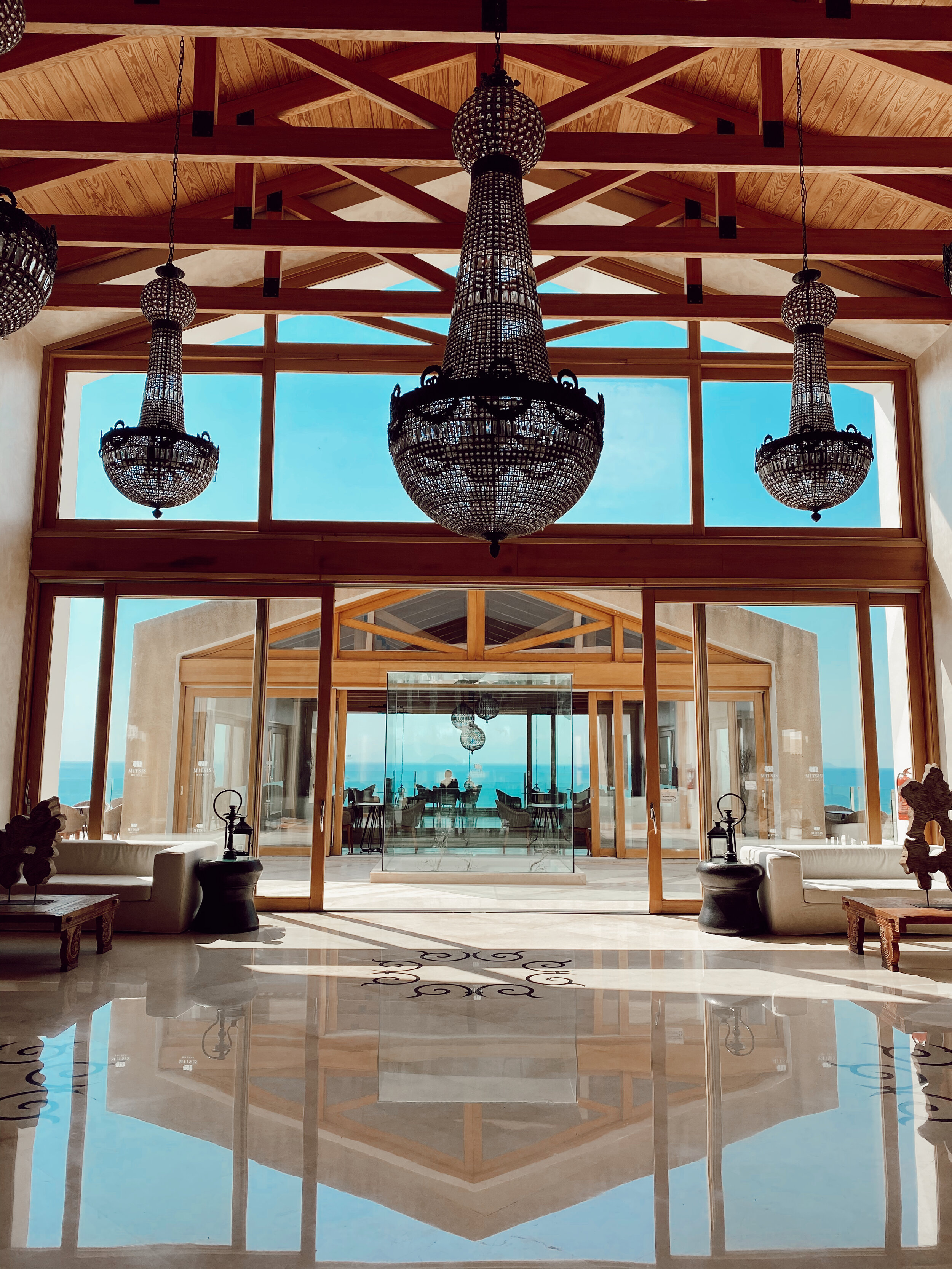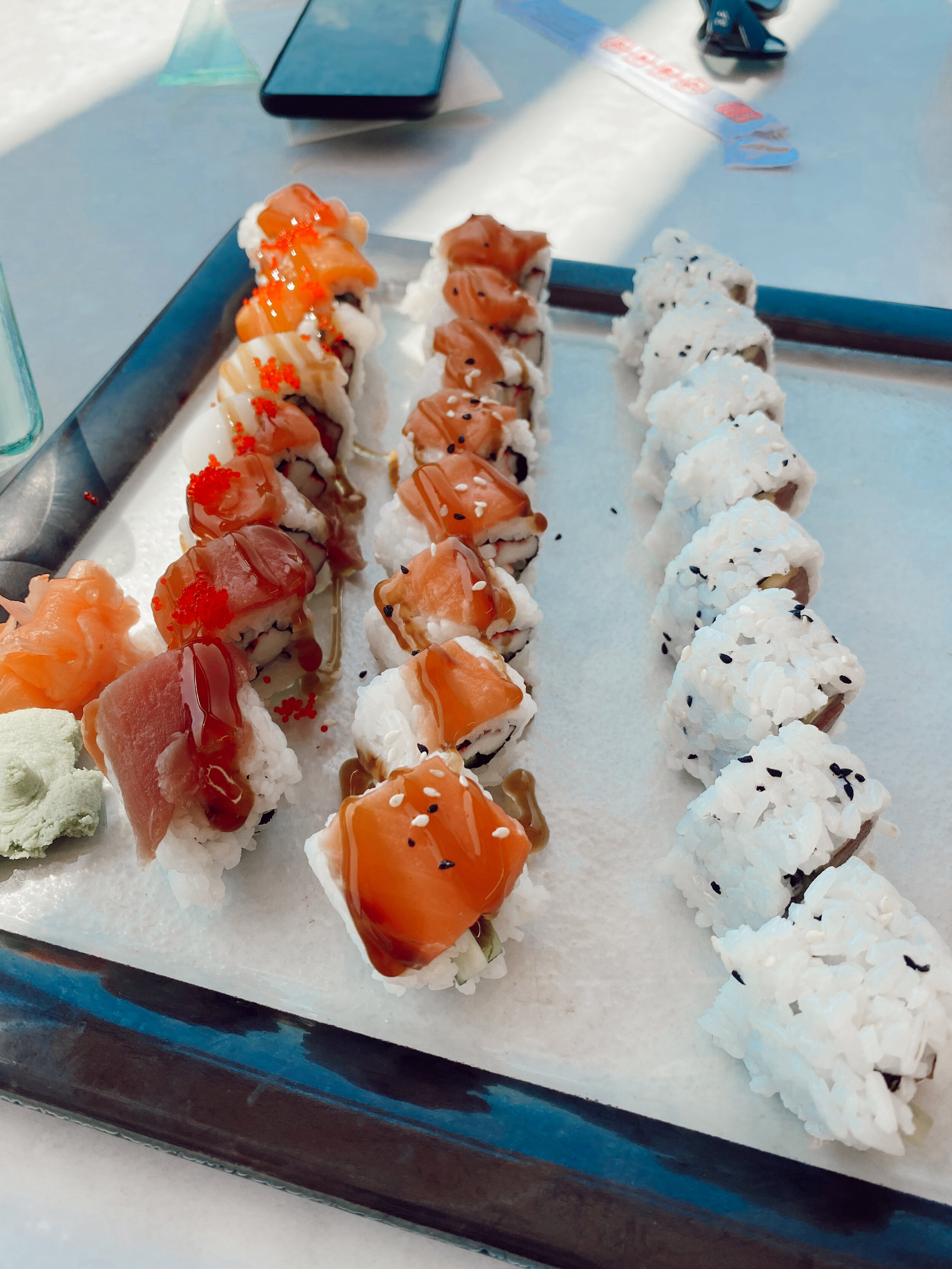Discovering Kos
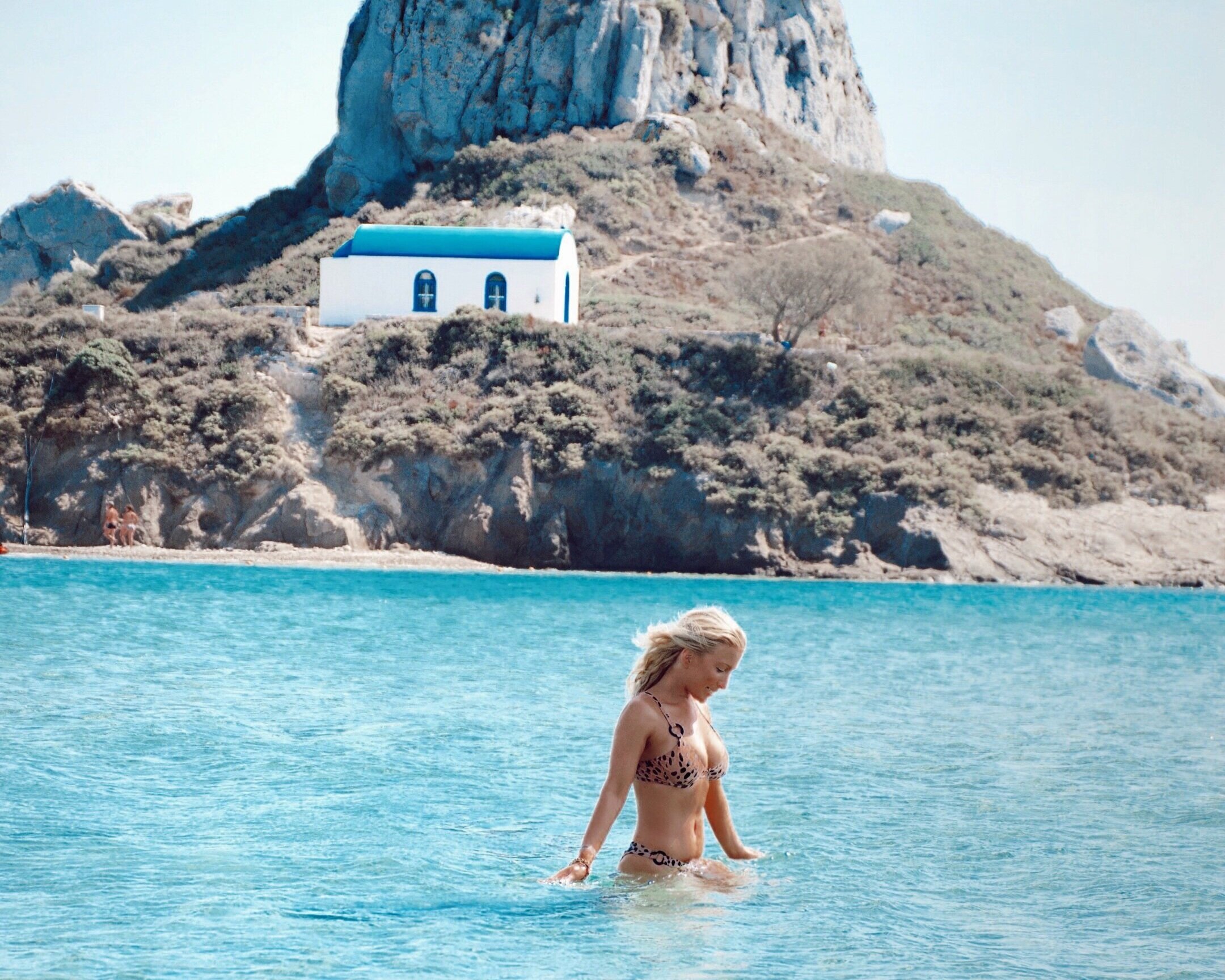
Fringed by some of the finest waters in the Dodecanese and cascading forested mountain ranges, the island of Kos offers endless treasures and oozes an authentic Mediterranean charm.
It’s the deep roots of this island’s rich and varied history, the lovingly cooked Mediterranean cuisine that perfumes the air, and the warm, welcoming nature of the locals that make Kos truly special.
The third largest of Greece’s Dodecanese islands, Kos sits just off the western coast of Turkey and north of the Greek island of Rhodes in the southeastern Aegean Sea. It’s northeast coast lies a minuscule 4km from the coast of Turkey which is easily visible on a clear day.
Our trip to Kos in early September was our one and only glimpse of a European summer for 2020, and it certainly did not disappoint. For those who don’t know me, I am a meticulous planner when it comes to travelling, organising an itinerary and booking flights. This was not the case during the coronavirus pandemic. I truly had let go of my inhibitions. We ended up booking the trip twenty-four hours before our flight; and to be honest, we were fortunate to have been able to travel at all, as it was touch and go during the lead up as to whether Kos would be taken off the exemption list entirely.
COVID-19 & TRAVELLING TO KOS
We flew out of Stansted Airport and, despite the fact that most airlines had reduced their flight schedules, I found that once we were through security, there were surprisingly more people travelling than I anticipated. Generally, I found that travelling isn’t completely dissimilar to how it was prior to COVID, although there are a few new things to bear in mind before you fly. First off is the mask situation. We wore masks throughout the entire journey, as they are now mandatory anywhere that is enclosed, and they are mandatory once onboard the flight.You have to wear them pretty much anywhere that’s enclosed – so be sure to pack plenty, along with your hand sanitiser! Perhaps the most important thing to be aware of if you do decide to travel is the new forms that have been introduced. Some countries require you to have completed a coronavirus form in advance of your arrival, detailing your travel plans. You will also need to fill out a UK locator form before arriving home in the UK. Your airline will prompt you to where this can be completed, but it is easily done on a mobile device and downloaded as a PDF to your phone.
Kos is one of the more easily accessible islands in Greece, as it has its own international airport with regular flights to and from most of the UK’s major airports. It is also a reasonably short flight time of 3½ hours. If you are looking to island hop the Dodecanese, Kos is the perfect base, as it has direct flights from the UK and convenient ferry links to transport you to nearby islands such as Rhodes, Kalymnos, Nissyros, Patmos, Leros, Lipsi, Simi, Tilos, Halki and many other of the smaller islands in the region too.
WHEN TO VISIT
Kos has a Mediterranean climate with hot dry summers and mild winters. If you’re chasing the European summer, the best time to visit is between June and September. The hottest month of the year is July with an average daily maximum of 31 degrees celsius and an average low of 23 degrees celsius. Like most Greek Islands, the coldest month of the year is January. You should be able to enjoy the beach with sea temperatures averaging 23 degrees or above from June to October. Early September is a good choice as the sea has had all summer to warm up, the beaches aren’t heaving with tourists and the temperature is still very warm.
TEEMING IN HISTORY
Kos prides itself on its rich and varied history. Having been a very well populated settlement, the island is teeming with ancient ruins, offering a window into the island’s ancient past. With archaeological evidence dating back to the bronze age, Kos’ long list of ruling powers, including the Romans, Turks, Italians, Germans and English, has resulted in an array of historical artefacts being located on the island. According to Greek mythology, you are literally walking in the footsteps of the Gods. It is believed that upon returning from Troy, the Goddess Hera summoned a great storm to sink Hercules’ ship, however, the demigod escaped and washed up on the shores of Kos. The island is also famously regarded as the birthplace of Hippocrates, the ‘father of medicine’, who was born in 460 BC and went on to become an inspirational voice in the study of modern medicine. Hippocrates is synonymous with Kos, having established his Asclepeion on the island (a collection of infirmaries, temples and hot springs – the ancient world’s answer to a holistic healing spa).
WHAT TO DO IN KOS
Explore the Beaches
Kos is truly blessed with an abundance of natural beauty and tranquil waters waiting to be discovered from side to side. For some lovely beaches, head to Kefalos Bay and visit Agios Stefanos, Kamari and Agios Theologos Beaches. That being said, if you want something away from most other people, head to Kala Paradiso Beach or Tingaki Beach.
Kastri Island & Agios Stefanos Beach
Our favourite spot was Agios Stefanos Beach. It was a scene of surreal beauty and gave me serious Mamma Mia vibes. The highlight of this beach is that it sits on a channel of still twinkling turquoise water, facing Kastri, a picturesque islet crested by a tall rock and the church of Agios Nicolaos. The islet is approximately 200 metres from the coastline, so you could attempt to swim over and explore the tiny island if you’re feeling confident.
On the low promontory on the eastern fringe of Agios Stefanos Beach, you’ll find the ruins of two early-Christian basilicas, built in the 4th and 5th centuries AD. The buildings were eventually toppled by earthquakes and excavated in 1932. It’s easy to make out the basic shape of the buildings, while columns and a set of mosaics have been left where they were found.
Wander Old Town Kos
Kos Town is the island’s lively capital where striking Greek, Roman and Byzantine ruins sit alongside vibrant bars; palm-lined streets showcase Italian buildings; and the imposing 15th-Century Castle of the Knights of the Order of Saint John stands guard over the harbour. The city spreads out in all directions from the perfectly protected Mandráki harbour, with Bodrum (a popular day-trip destination) visible on the Turkish mainland.
Down by the port there are some great cafés and restaurants with views of the many fishing boats and yachts on the waterfront. It is here in Kos Town where you will also find Hippocrates Tree in front of the Castle, marking the spot where Hippocrates used to teach his students.
An afternoon in Zia
One of the highlights of our trip was exploring the picturesque village Zia. If you’re in the mood for meandering around a typically Greek village, this is the ideal place to spend an afternoon. Located in the centre of Kos, on the southernmost slopes of Dikalon mountain, the enchanting village comes alive in the evening and is bursting with activity. Visitors come to wander the cobblestone alleyways, to taste the local delicacies served in charming traditional tavernas and to purchase unique local goods and souvenirs. Zia’s superb location makes it the perfect spot for taking in the breathtaking views and spectacular sunsets over the nearby islands of Kalymnos and Pserimos as well as the Turkish coast in the distance.
We spent the evening at Sunset Balcony Taverna. As the name suggests, Sunset Balcony really is a magical place to have a drink, meal and experience a beautiful Greek sunset. It is also worth a visit if you’re looking for a romantic setting. The family who own the Tavern are so friendly and the staff are incredibly hospitable and welcoming. They serve a long list of delicious traditional homemade dishes with local ingredients that will certainly not leave you hungry. I would highly recommend visiting (just make sure you book in advance if you’re traveling here in the peak of summer).
Asklepieion & Antimachia
This is perhaps the island’s most iconic and ancient site, and it stands on a pine-covered hill just southwest of Kos Town. The site was a religious sanctuary devoted to Asclepius, the god of healing, it was also a healing centre and a school of medicine. It was founded in the 3rd century BC, and followed the teachings and practices of Hippocrates himself.
If you want to experience an idyllic traditional Greek village, head straight over to Antimachia and explore its charming streets. The village lies on a plateau 23km south of Kos Town and is the perfect place to casually explore. Old working windmills remain the symbol of Antimachia and can be seen from every part of the village. The Venetian Castle of Antimachia dominates the village and offers spectacular views over the island.
WHERE TO STAY
As I mentioned above, this trip was certainly a new experience for us, as it was practically unplanned and booked the day before we left. All we knew was that we wanted a 5-star all-inclusive beachfront Resort, and the Mitsis Blue Domes Resort & Spa appeared to tick all of these boxes. Having said this, it is not somewhere I would recommend staying. It is unusual for me to write negative Resort reviews, however, in this instance I felt it was necessary.
The Resort is situated in a convenient location and is a mere 10 minutes from the airport. It features a 650-yard-long pool complex of 8 large pools and 6 sharing pools. The Resort is all-inclusive, and offers guests 10 dining options and 6 bars, although all of the dining options were completely booked out for the duration of our stay, which meant our only option was to have dinner at the main restaurant where the buffet was mediocre at best. This resulted in us eating at local restaurants (which were amazing) but ultimately made the fact that we had paid for an ‘‘all-inclusive” holiday utterly redundant, as they were not able to cater dinner for their guests. We found the overall service to be less than satisfactory, as the Resort was highly understaffed and the staff that were at hand were slow and rather abrasive. It did not feel like a 5-star Resort. Whether these issues were fuelled as a result of COVID-19, I can’t be sure. For us, the only highlight of this Resort was its beachfront location with its pristine waters and sun lounges, and the dessert bar with unlimited ice cream.

